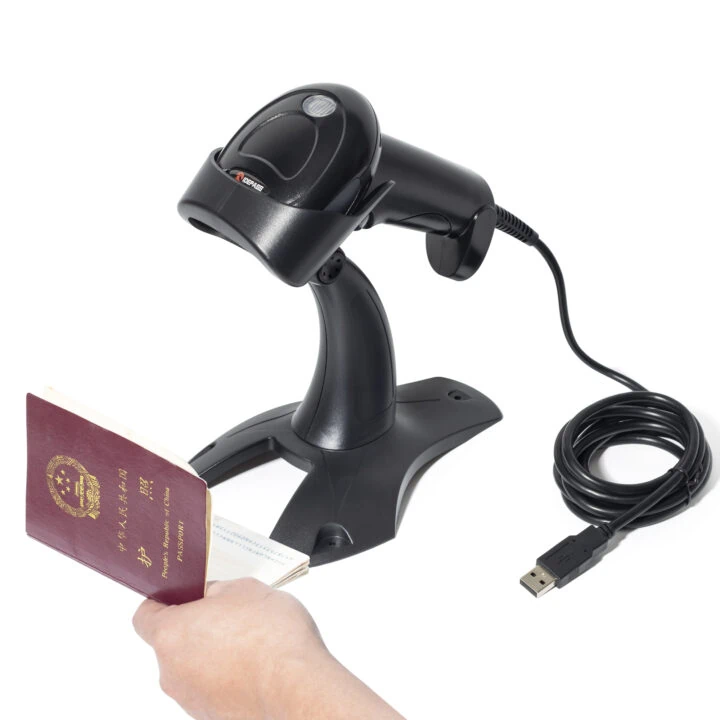In a world where secure identification and swift document verification are crucial, the Machine-Readable Zone (MRZ) serves as a vital component in the realm of passport authentication. This specially designated area, typically found on the bottom of passports and identity documents, allows for the rapid extraction of essential data, thereby streamlining the check-in processes at airports and border control.
What is MRZ?
The MRZ comprises two or three lines of alphanumeric characters, specifically formatted to be easily interpreted by optical character recognition (OCR) technology. Established by the International Civil Aviation Organization (ICAO), MRZ standards ensure uniformity across different countries, making it easier for machines worldwide to read and process this crucial information.
When is MRZ Scanned?
MRZ scanning occurs at various points during a traveler’s journey — from automated passport control kiosks to security check-ins, and during immigration procedures. When a passenger presents their passport, the MRZ can be scanned quickly, enabling authorities to verify a person’s identity in a matter of seconds. This rapid recognition helps to reduce wait times at airports and enhances the overall efficiency of travel.
What Data is Encrypted in MRZ?
The MRZ contains vital information encoded in a machine-readable format, which typically includes:
Document Type: Identifies the type of document (e.g., passport, national ID).
Issuing Country: Signifies the country that issued the document.
Passport Number: A unique identifier for the passport holder.
Holder’s Personal Information: Includes the name, date of birth, and nationality.
Expiration Date: Indicates when the passport will no longer be valid.
This data is critical for ensuring that the traveler is who they claim to be and that their travel authorization is legitimate.
Role of Artificial Intelligence in MRZ Scanning
The integration of artificial intelligence (AI) plays a significant role in the process of scanning and interpreting MRZs. Traditional scanning methods can occasionally yield errors due to poorly printed documents or damage. However, AI algorithms have been trained on vast datasets, allowing them to recognize MRZ characters under various conditions, including variations in font and distortions in the document image.
By processing the scanned information on-premise, these advanced systems maintain a high level of security. On-premise recognition means that sensitive data is processed locally, minimizing the risk of exposure during transmission. This ensures that personal information remains secure and is not intercepted or stored in the cloud, addressing privacy concerns that frequently accompany digital data processing.
Furthermore, the AI-driven systems have the capability to learn from past errors, continuously improving their accuracy over time. This self-learning feature significantly reduces the chances of mistakes, boosting both efficiency and reliability. As a result, border control and airport security operations can proceed smoothly, with minimal disruption to travelers.
Conclusion
The significance of the MRZ passport reader in today’s travel environments cannot be overstated. They not only facilitate quick and accurate document verification but also enhance security through advanced AI technologies. By ensuring that all recognition occurs on-premise, individuals can enjoy peace of mind knowing that their personal data is secure and private. As we continue to evolve technologically, MRZ readers will undoubtedly play a pivotal role in shaping the future of secure travel.



